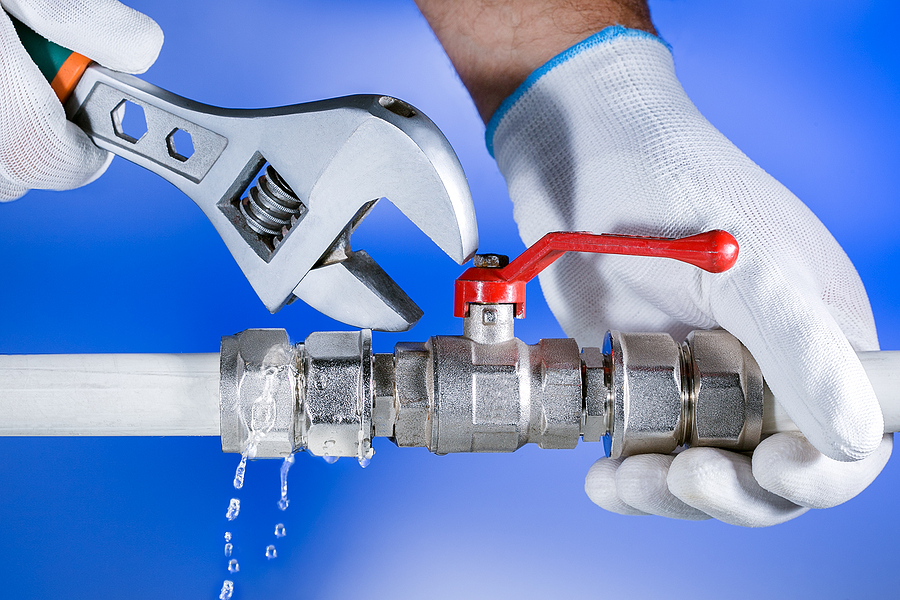For many homeowners, and first-time homeowners especially, the plumbing system is a mysterious underworld filled with inexplicable equipment, odd gurgling noises, and, all-too-frequently, profoundly unpleasant smells.
This is why many homeowners simply ignore the plumbing system until something goes wrong, and then call in local experts like Buffalo Grove plumbers to take care of the dirty work when a problem arises.
While a strategy of avoidance might keep you from having to think too much about one of the less savoury aspects of home maintenance, there are good reasons why you should try to come to grips with how your plumbing system works. Not only will it reduce the plumbing bills you get hit with when a sewer backs up or a stretch of piping rusts through, a well-maintained plumbing system can also improve the re-sale value of your home.
To that end, here is an easy-to-understand guide to the plumbing basics.
Fresh Water in, Wastewater Out
The plumbing system in your home basically exists to do two things: bring fresh water in from the municipal water supply, and expel waste water into the sewer system. To do this, a house must be connected to the municipally-maintained sewers and water mains through a network of pipes.
These pipes are designed to be waterproof, but over time any number of issues can cause them to spring leaks, from simple corrosion to damaged joints and loose water connectors. If you’re having problems with water pressure, for example, leaking pipes are probably the culprit.
Making Sense of Drains
When your drainage system is working well, you generally don’t have to think about it — you turn on the tap, and the oily scum in your sink gurgles away. You flush the toilet, the waste disappears. You run the dishwasher or washing machine, you don’t have to lift a finger to get rid of the dirty water.
But underlying all these modern conveniences are a complicated network known to professionals as the drain-water vent system, or DWV. The DWV consists of three main components:
- Pipes to channel waste water into the sewer system
- Traps to keep gas or waste from the sewer from backing up into the home
- Vents to ensure smooth flow of water
If you notice strange smells coming from your drains, or if water isn’t draining quickly, it is likely do to a problem with one of these components, and you should call a plumber in Buffalo Grove or a plumber in Fort Worth, TX, who can help you unblock, repair, or replace the fittings.
Sump Pumps
The final component you need to be aware of is the sump pump, which keeps your basement from flooding. Most sump pumps are battery powered, and when it comes to the sump pump Chicago area homes and others living along the Great Lakes need to be extra vigilant, given how damp the summer has been.
Checking to make sure the sump pump is working as it should, and replacing any aging batteries in battery-powered models, should be seen as essential summer maintenance.
Understanding how your plumbing system fits together won’t just empower you to handle more repairs on your own, it will also make you better able to explain more serious problems to the experts. Perhaps most importantly, it will ensure that your home plumbing system continues to operate smoothly for years to come.
Image Source: https://www.freepik.com/premium-photo/leaking-water-from-stainless-steel-sink-pipe-isolated-black-background_2603533.htm#page=1&query=plumbing&position=2
Related Categories: Home, Reviews







